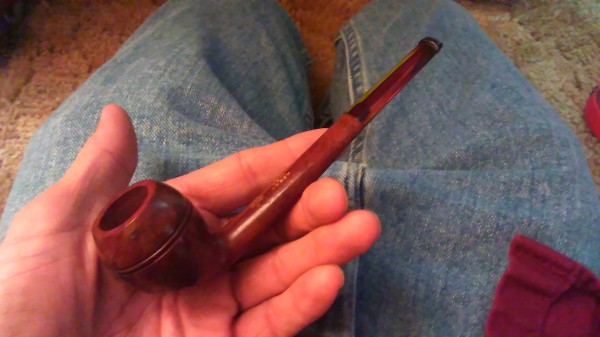There are a few tests that will help you find out whether your amber jewelry is real or fake:
Put a few drops of alcohol on the surface of the stone and wait till it evaporates. If the surface gets tacky and you see your fingerprints left on it, then this amber is fake. Alcohol evaporates on genuine amber. Copal (immature tree resin, often mixed up with real amber) and plastic fake amber do not hold up to solvents.
Take a pin or a needle and carefully scratch the stone. This is recommended to be done on the back of amber bead or on its invisible part. If the amber is real, it will be scratched (amber is quite a gentle stone); if not, it will remain undamaged.
The following test is rather difficult and needs the right sense of smell. Heat, then slightly cool down a tip of a needle and press it against the stone. It will produce a puff of smoke, the smell of which will help to estimate the validity of the amber. The real amber has piney smell or smells like smudge. The fake one, on the contrary, has a sweet and pleasant smell.
Fill a medium size pot with water, add seven teaspoons of salt, let it dissolve in the water and stir every 30 minutes for some time. As the salt solution has a high gravity, the real amber will come out and start floating on the surface, while the fake one will go down and will begin sinking. If your amber is set in solid sterling silver, it will sink as silver is heavier than water.
Amber does not melt but burns away like incense. Copal will melt, as will plastic. However, the plastic will release a horrible chemical smell upon burning, while copal may release a smell similar to that of amber. Amber smells sweet, piney and pleasant when burnt, the very reason it has been used for centuries as incense in churches (in some churches in Poland they’ve been still burning amber chips).
Finally, the simplest test. Amber is an electrostatic material (“amber” means “elektron” in ancient Greek). You can rub a piece of amber against fur or pure wool for 10-20 seconds. The electrified piece will attract small pieces of napkin or other light weighted paper. In rare cases this test won’t work: if amber was purified for an ideal transparency (very light yellow or greenish varieties) which often happens with faceted amber.











 : We need a thumbs up smilie.
: We need a thumbs up smilie.
